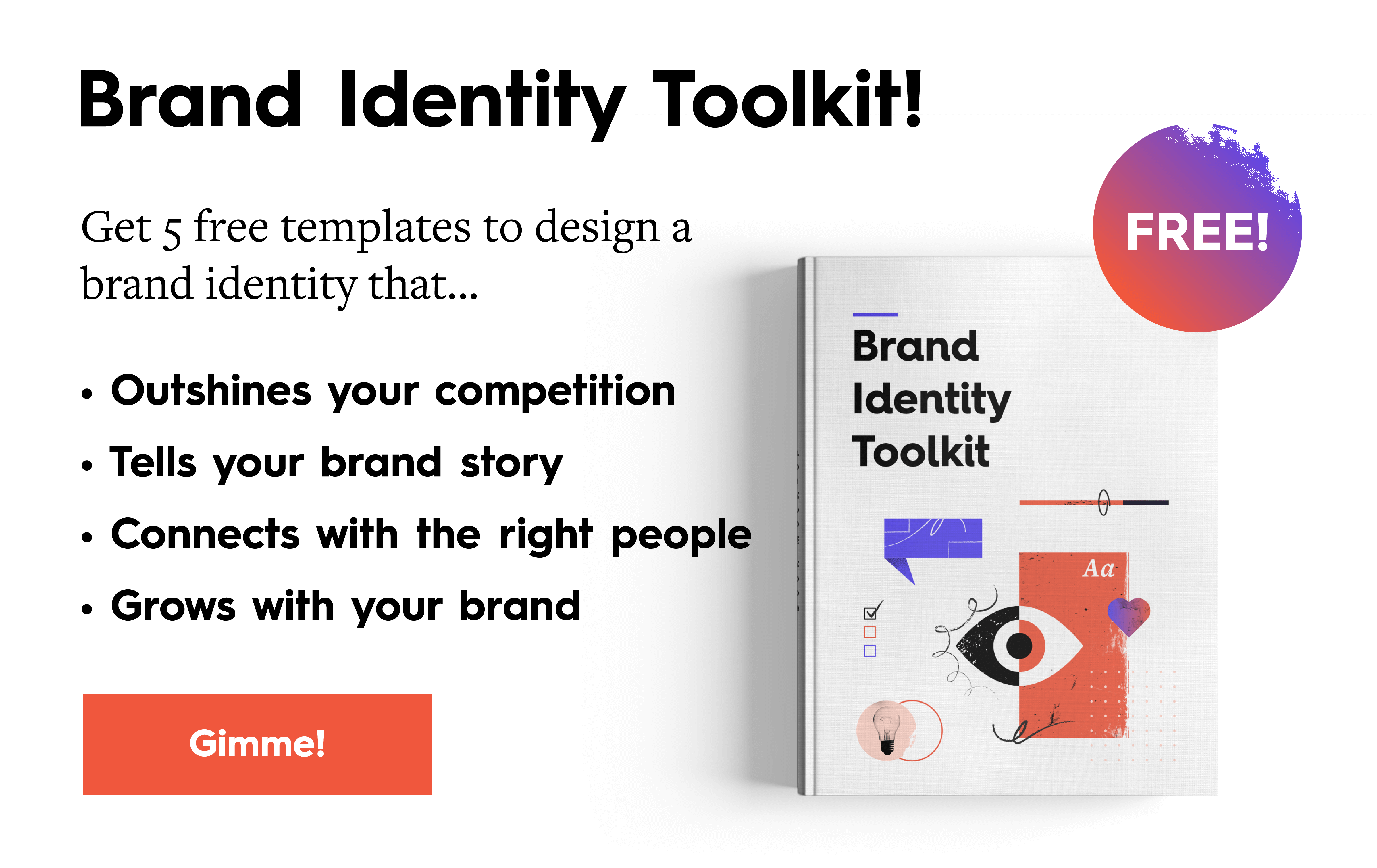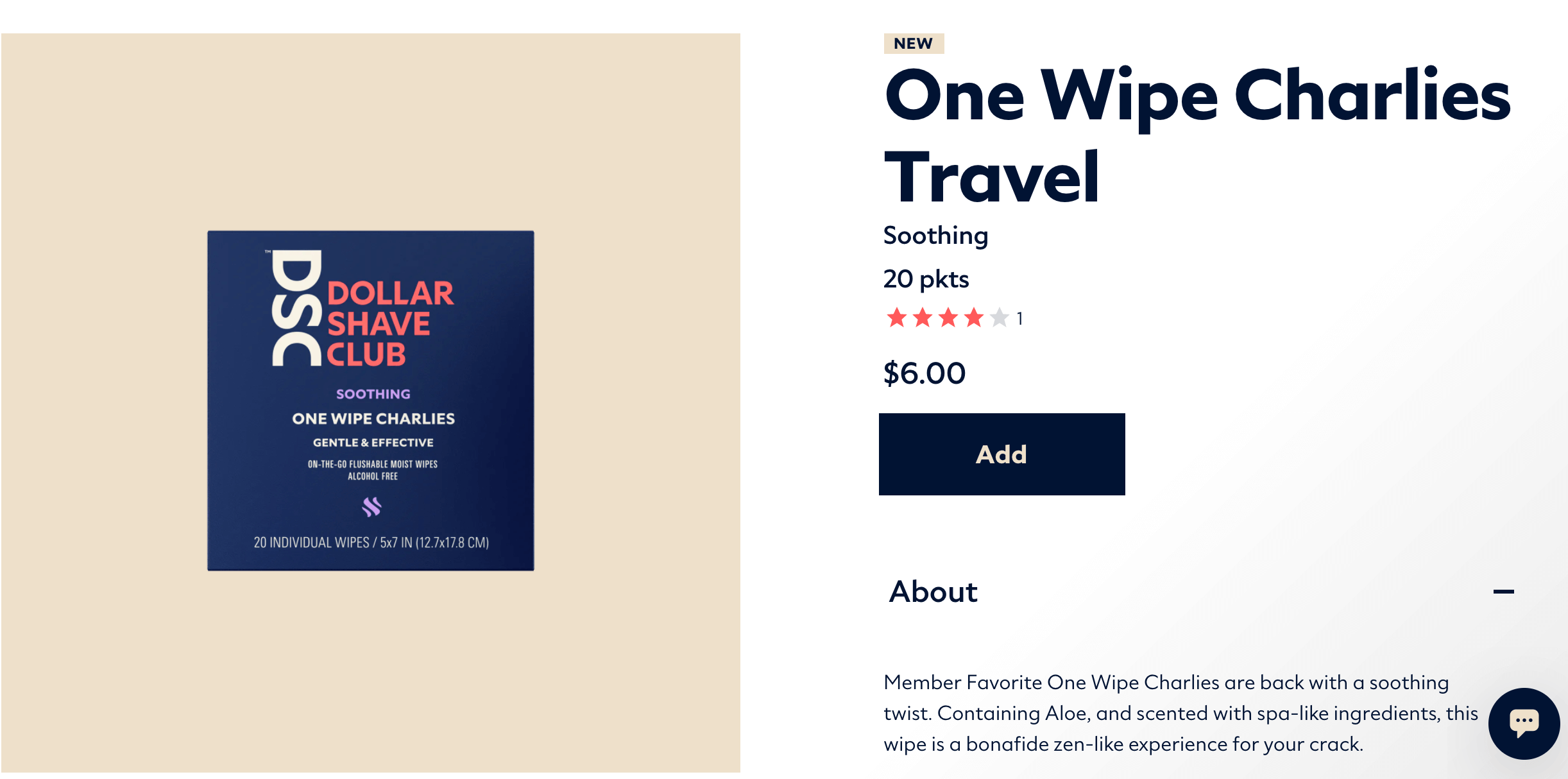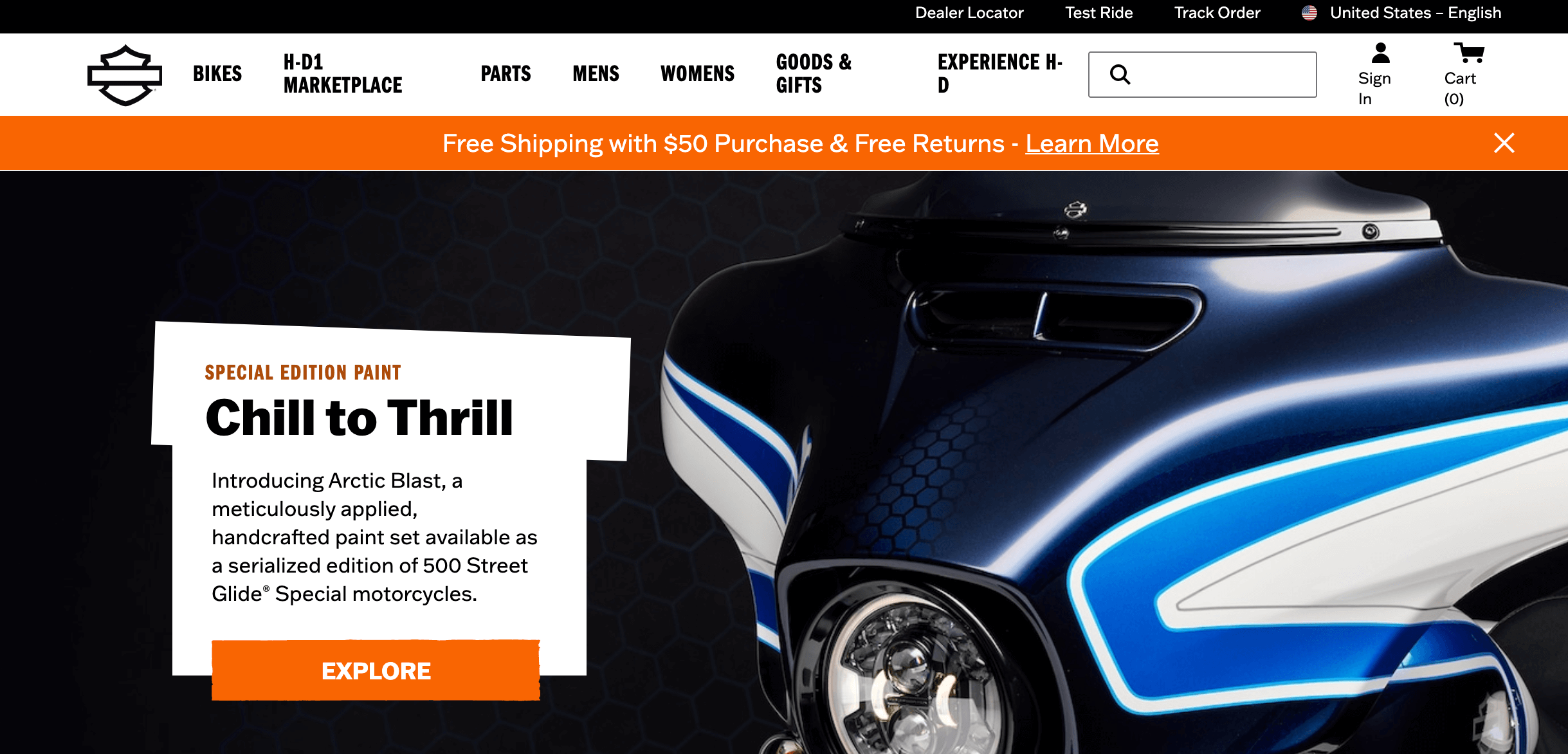Whether you’re building a brand from scratch or embarking on a major rebrand, you need to know who you are and—most importantly—how to communicate it effectively. Your brand voice is a big part of your overall brand identity, as the way you do (or don’t) speak can greatly influence people’s first impression of you.
If you want to capture people’s attention, make them feel welcome, and convey your brand personality, it’s important to understand what your brand voice is and how to use it. (You also need to make sure anyone creating content for your brand knows how to use it too.)
Of course, identifying your brand voice isn’t always the easiest thing to do. We know this because we’ve gone through the process many times with many brands. It definitely requires some reflection and an intimate understanding of who you are. But there are a few ways to make it easier.
Here, we’ve rounded up our best tools, tips, exercises, and even a free questionnaire to help you hone in on your voice—and share it with the world.

What Is a Brand Voice?
A brand voice is simply the verbal expression of your brand personality. It’s how you write and speak in your written communications.
Why Do You Need a Brand Voice?
A brand voice is an integral part of your brand identity, which is crucial to do two important things.
- Differentiate from your competition: The stronger your brand identity, the easier it is to stand out from your competition. A strong brand voice can grab attention and make people want to interact with your brand more.
- Connect with the right people: No one wants to interact with a generic, faceless corporation. Humans want to interact with other humans. Even though your brand is not one single person, a strong brand voice can help you break through that wall and cultivate an emotional connection. Whether it’s your funny repartee on Twitter or your friendly, approachable explainer video, your brand voice is one of the best ways to show people who you are.
Tl;dr: If you’re a brand that creates any type of content, you need a consistent, cohesive voice to interact with the world.
“If you can’t tell who’s talking when the trademark is covered, then the brand’s voice is not distinctive.”
—Marty Neumeier (The Brand Gap)
Great Brand Voice Examples
Whether or not you realize it, the world’s best brands have a distinctive brand voice that translates across channels. From their packaging, to their website, to their Twitter feeds, their voice is ever-present. Here are just a few that have nailed their brand voice since day one.
1) Oreo
Their playful nature is clear across their Twitter feed, where they joke, prank, and engage with fans across the world.
D̶e̶l̶e̶t̶i̶n̶g̶ Downloading our dating apps because it’s hot cookie summer
— OREO Cookie (@Oreo) June 10, 2021
how did the boxes taste? https://t.co/HOgu22F1Hz
— OREO Cookie (@Oreo) May 13, 2021
2) Dollar Shave Club
From their first viral video, Dollar Shave Club has come out swinging. With a brand identity that is bold, edgy, and endlessly entertaining, they have planted a flag in the industry and use every opportunity to infuse their content with their irreverent and humorous brand voice. For example, flushable wipes aren’t usually the most exciting product to talk about. But when Dollar Shave Club calls them “One Wipe Charlies” and describes them as “a bonafide zen-like experience for your crack,” you gotta love ’em.

3) Harley Davidson
This legacy brand is known for its bold and powerful personality. They’ve honed their voice over the years, and now something as simple as the name of their freshest paint color (Arctic Blast) perfectly encapsulates their brand ethos. This level of brand consistency is what makes Harley Davidson so instantly recognizable.

What Do You Need to Find Your Brand Voice?
Many brands make the mistake of diving right into brand voice brainstorming without really taking the time to think about the larger picture and how their brand voice fits into it. You don’t just choose your brand voice on a whim. To really hone in and refine it, you need a deep, intimate understanding of who your brand is and what you’re trying to achieve. So, before you gather your team together, make sure you’ve covered the basics of brand strategy.
1) Your Brand Heart
Your brand heart is an articulation of your core beliefs, specifically your:
- Purpose: Why do you exist?
- Vision: What future do you want to help create?
- Mission: How do you create that future?
- Values: Who are you? How do you work?
This is the core of who you are. Your brand voice is simply a tool to express it. (For example, if your organic snack brand is all about saving the planet and building community, your brand voice probably wouldn’t be snarky and sarcastic.)
To find your Brand Heart, download our free workbook.
2) Personas
Who are you trying to attract? Personas help you identify who these people are.
If you don’t know exactly who you’re trying to reach, follow our guide to create personas.
3) Competitive Analysis
You don’t want to sound the same as your competition, so it’s important to know who you’re competing with and how to differentiate. Try our step-by-step guide to doing a competitive analysis if you haven’t done this yet.
Once you have a deep understanding of your brand’s DNA, you can start to think about how to express it through your brand voice.
How to Find Your Brand Voice (5 Ways)
Finding your brand voice can seem intimidating, but it’s not a chore. It’s not even a hunt. Your brand voice already exists; you just have to identify, articulate, and share it with the world. But how do you uncover it, and where do you start?
There are plenty of tactics out there. Some involve a lengthy, drawn-out process. Some require a talking stick and a group therapy session. While those may work for some people, most brands don’t have to dig that deep to find their voice. In fact, the process can be positive and, dare we say, fun.
We don’t suggest trying to knock it out in one free-for-all brainstorm. (That’s usually a recipe for disaster, as everyone has an opinion.) Instead, we find it helpful to start the process with a few guided conversations. The questions, tips, and exercises here are meant to be used throughout the course of this process. A few things to keep in mind as you start:
- Make sure everyone who needs to be in the room is in the room, whether it’s the brand team, founder, or other key stakeholders. There will likely be strong opinions, but it’s important to come to a consensus that everyone is happy with.
- Designate a point person to lead the conversation and collate feedback.
- If you want to poll a larger group (e.g., a 40-person department), which can sometimes be helpful, get those answers before you begin these focused brainstorms.
Also, throughout the process, listen not just to what the people in the room are saying but how they’re speaking to each other—the tone, phrases, vocabulary, etc. Are you joking and lighthearted? Serious and to the point? That in itself may tip you off to your brand voice.
If you’re ready to go, here’s how to dive into finding your brand voice.
1) Answer Your Brand Voice Questionnaire
Start by downloading the free Brand Voice Questionnaire. Feel free to print, email, or distribute to your team as you like.

These thoughtful questions will help you guide the conversation as you identify who you are and figure out how to verbalize it:
- When people interact with our brand, how do we want them to feel?
This is a helpful big-picture question to identify the emotional brand experience you’re trying to deliver. Your brand voice is an effective tool to cultivate that. Think of what your product or service does for people. How does it solve people’s problems or enhance their lives? Your voice should reflect and reinforce that. For example, if you’re a security company that wants to be perceived as a trusted protector, you’d want your voice to be confident and reassuring. - What adjectives would we use to describe our brand?
We suggest choosing 3-5 adjectives. For example, a toy brand might describe themselves as “playful,” “silly,” and “adventurous.” This is a helpful way to encapsulate your brand voice attributes. It’s also a good question to ask a larger group. (Oftentimes you’ll see similar descriptors or themes arise in the answers.) - What does our competition sound like/how can we differentiate?
If everyone in your industry sounds the same or is trying to chase a certain trend or persona, you have a great opportunity to stand out. (Remember a few years back when a lot of brands were trying to emulate that Dos Equis Most Interesting Man in The World? That works for a beer company. A bakery? not so much.) - What is another brand with a voice we love?
This may be someone in your field or a totally different industry. You shouldn’t copy them, of course. But consider how and why their voice resonates with you. What can you learn from them? How can you elicit a similar emotion? - If our brand were a celebrity, who would we be?
You don’t have to pick one person; it can be an amalgamation. For example, a hip luxury suit brand might describe themselves as George Clooney’s younger brother. - How do we want to talk about ourselves?
Think of the way you describe what you do, the language you use, and the way you want to talk about yourself and your business. What type of vocabulary do you use? What phrases do you tend to repeat? These can help you define and refine your brand voice. - Who do we NOT want to be/what do we want to avoid?
Knowing who you aren’t is just as helpful as knowing who you are. Are there buzzwords you hate? Phrases to avoid? Brands you loathe? Taking the opposite approach can ensure you stay true to yourself. (For example, as part of the marketing industry, we are very much over anyone with “social media guru” in their bio.)
2) Think About Your Personas
Different groups of people communicate differently. A tween doesn’t speak the way a baby boomer speaks. A yogurt brand doesn’t speak the way a muscle car brand speaks. If you’re trying to find your voice, consider who you’re speaking to.
Your brand should always be genuine and authentic, but it needs to communicate in a way that connects with your target audience. Consider how these people talk, the words they use, the challenges they face, how they express themselves, etc. What publications do they read? What do their Twitter feeds look like? What’s their sense of humor? These influences might help you find a voice they relate to.
3) Quiz Your Team
Ask as many people as possible to describe your brand voice—including everyone from your junior-level accountant to the company founder. When you get the results back, look for common descriptors or themes.
This exercise is also helpful because it will identify both the commonalities in your brand perception and the discrepancies. Large discrepancies in opinion indicate a larger branding problem: Your employees don’t understand who you are, why you’re here, or what you’re doing.
4) Review Your Own Content
Sometimes we think too hard about who we want to be, when we should just focus on who we are. Take a deep dive into the content you’ve created to examine the way you currently communicate.
Look at your last 20 tweets, your last few blog posts, your sales materials, newsletters, etc. When you view your content as a whole, you’re likely to identify a few common threads.
Are your newsletter subject lines a little edgy, just like your tweets? Do your blogs provide helpful tips? These through-lines may hold helpful clues to help you crystallize your voice.
5) Try a Generator
If you’re feeling tired or creatively stuck, try Portent’s brand voice generator, an interactive tool to help you hone in on your voice. Simply answer a series of questions and they’ll guide you to your “voice,” and even offer up examples of copy that captures that type of voice.
You shouldn’t necessarily take this as the final word on what your brand voice is. But it’s a good way to start a conversation about it—or identify what you most definitely aren’t.
How to Complete Your Brand Identity
Once you’ve identified and articulated your brand voice, make sure every aspect of your brand is aligned and cohesive. Your goal is to build a comprehensive identity that allows any and all content creators to create high-quality, on-brand content. A few next steps:
- Find your brand personality. This is another way to articulate who you are and help your team express that. Start with these 5 tips to find your brand personality.
- Articulate your brand messaging. Fill out your brand messaging framework, and follow our tips to write compelling messaging that converts.
- Complete your visual identity. Once you have your brand essence (brand voice, tone, personality) and messaging, you can design brand elements to communicate that effectively (logo, typography, color, etc.). Follow our guide to design an effective brand identity, and use our visual identity checklist to make sure it’s complete.
- Make it easy to apply your brand guidelines. Find out how to create brand guidelines that include your voice, tone, personality, messaging, and visual identity. (You can also take a look at Column Five’s brand guidelines for inspiration.)
- Use your voice to tell your brand story. Find out how to brainstorm strong brand story ideas to create unique content that makes an impact.
But if you’re still having trouble figuring out what to say and how to say it at any stage of the process, hit us up. We’d love to help you untangle it.





